Fanny and Hilde
In April of 1784, Fanny and Nathan von Arnstein of Vienna hosted a concert that attracted an impressive number of “princes, counts and barons of ancient title,” including some “brand-new barons,” as well as people of lesser stature, such as “agents, doctors, bankers and merchants.” The conductor was none other than Wolfgang Amadeus Mozart. He was then 28, trying to support his growing family in style by performing his own work in private concerts, rather than suffering the indignities that went along with the patronage of emperors and princes. If any truly grand personages wanted to listen to Mozart’s music that afternoon, they would have to do so in the home of a couple who themselves were still Jewish and perhaps take their seats next to some former Jews who had only recently become Catholics.
Mozart had enjoyed the hospitality of the Arnsteins on previous occasions and even lived for eight months in one of the apartments in their vast home back in 1781. Receiving their support did not, alas, restrain him from uttering nasty comments about other Jews, even Fanny’s closest friend. Two years before, when Eleonore Fliess was caught up in a public scandal, the composer felt free to denounce her as a haupt-Sau, “a hog of the first order,” in a letter he wrote to his father. His choice of this epithet surely reflected the fact that many towns across the German states and the Habsburg Empire had for centuries featured large, grotesque public sculptures of female pigs suckling Jewish children.
In the grand concert that April afternoon, and in the shadow hostility of Mozart’s letter, we see some of the key features of turn-of-the-19th-century Jewish salons. Like their famous models in Paris and other capitals, they were informal intellectual gatherings in the homes of educated women that provided alternative intellectual and social spaces for a mixed society. While offering such women a rare opportunity to play a public role, they also facilitated contacts among writers, journalists, publishers, composers, musicians, and dilettantes from various social classes and religions. But it was only in Berlin and Vienna that such gatherings were presided over by Jewish women.
Some of these women—like Fanny von Arnstein—came from the families of what have been called “Court Jews.” Since the 17th century, numerous Central European courts, both large and small, had welcomed hundreds of enterprising Jews to sell jewelry, exchange currencies, float loans, mint coins, and collect taxes. If Court Jews provided economic services, the salon women provided cultural ones that were rarely available to rulers and other nobles in the stuffy environs of aristocratic society.
But would their performance of such roles enable them to receive the sort of acceptance they craved from their prestigious guests? Would they fight for the civic emancipation of all their fellow Jews? And what kind of Jews would they be? Among the Jewish salonnières, we see many ambitious egotists who were ready to shut the door of acceptance behind them, whatever that meant for poorer, less-acculturated Jews. For those at the pinnacle, such as Fanny and Nathan von Arnstein, being insulted behind their backs by those who enjoyed their hospitality may have seemed a small price to pay for the social glory they achieved. Paradoxically, however, one clear function of their salons was to help launch German and Austrian Jews’ struggle for civic emancipation.
All of these themes come to the fore in Hilde Spiel’s biography of Fanny von Arnstein, which was first published in 1962 in German, and republished in an elegant edition by New Vessel Press in 2013. (Both it and an earlier edition from Berg, long out of print, were translated by Spiel’s daughter, Christine Shuttleworth.) Spiel’s book is a fascinating document, but it is not for everyone. Readers bewildered by her offhand references to scores of rulers, treaties, wars, and regulations may have to skim here and there to enjoy the period detail, especially Spiel’s lavish primary quotations and her spicy portraits of the various personalities in the Arnstein entourage. Spiel’s profound identification with Fanny’s life and times animates the narrative, and her idiosyncratic biography brings to life this gripping and appealing historical episode.
Scholars of the era, on the other hand, will likely be frustrated with Spiel’s often frivolous judgments, her frequent meanderings, and her failure to engage in serious historical analysis. Readers aware of the profound culture wars within the 19th-century Jewish world will be shocked by Spiel’s casual condescension toward traditional Jews, “fanatical Talmudists,” who, she says, “obstinately opposed any attack on their ancient rights.” Spiel seems blissfully unaware of the worries among both traditionalists and reformers that assimilation, combined with civic emancipation, would result in the depletion of Jewish numbers, culture, and vigor.
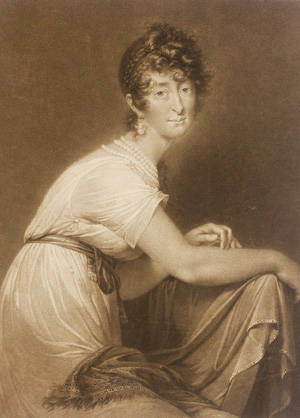
Fanny von Arnstein had the good luck to be one of the 16 children born to Daniel and Mariane Itzig, the wealthiest and most privileged family of Court Jews in Prussia in the 18th century. She left Berlin for Vienna at 18 in 1776, after her arranged marriage to Nathan Arnstein, a wealthy banker there. Unlike at least one of her siblings and many of her cousins, nieces, nephews, and intimate friends, she remained at least nominally Jewish. Several of the younger salon women in Berlin rejected their first Jewish husbands and proceeded, boldly and notoriously, to convert and marry Christians. This was not Fanny’s way; she remained married to Nathan, a man who lacked her mastery of contemporary culture and the social graces, until her death at 59 in 1818, though her attachment to him does not seem to have been deep.
She was something of a supporter of the modernizing Moses Mendelssohn. “Her notebook, which contains many of the philosopher’s sayings, bears witness to this. So does the whole course of her life,” Spiel writes. But unlike her Berlin doppelgänger, the wealthy salonnière Amalia Beer, or, for that matter, Mendelssohn himself, Fanny paid little attention to the question of whether and how to reform Judaism. She sustained only a very faint adherence to her ancestral faith and failed to keep even that alive for the next generation. It comes as no surprise that her only child, Henriette, and her husband baptized their children and soon afterward became Catholics themselves, with Fanny’s apparent consent.
The ambiguous religious environment inhabited by her heroine was not far from the one in which Hilde Spiel herself had been raised. Her own parents had both become Catholics before she was born in 1911, and until she left Austria for London in 1936, she seems to have had a faint Jewish identity at best. Nor did she acquire much feeling for Judaism during her 27 years in London or after she returned to live in Vienna in 1963. Even though her grandmother met her death at Theresienstadt, and her parents escaped to London only at the last moment, she kept her distance from all things Jewish. Spiel and her first husband, the essayist Peter de Mendelssohn, also of Jewish heritage, sent their two children to Catholic schools. Hilde went to great lengths to have her father’s ashes buried in a Catholic cemetery back in Vienna. Her second husband, Hans Flesch von Brunningen, was also a nobleman with some Jewish lineage. Her daughter recounts that when an Austrian interviewer began his session with her by the assertion “Frau Spiel, Sie sind Jüdin” (“Frau Spiel, you are Jewish”), her face froze with disapproval, as Michael Z. Wise tells us in his useful introduction.
Still, the tone of the biography seems to reflect a lingering regret at Spiel’s own family’s total departure from Judaism. It is hard not to read the book as a return of sorts to a heritage that Hilde Spiel did not really possess in her own lifetime. Fanny von Arnstein was an ideal role model for Hilde Spiel. She was graced with lavish wealth and good looks, had married well, and seemed to all appearances to be accepted by the aristocracy, yet she remained nominally loyal to Judaism. Readers who cast a more ironic gaze on the hypocrisies of the salon era may well be irritated with Spiel’s gushing enthusiasm for Fanny’s social connections. She overlooks entirely the possibility that Fanny, like any salonnière of her era, would of necessity have had to be fawning and sycophantic.
Those familiar with the parallel scene in Berlin will immediately want to contrast the lives of Fanny von Arnstein and her more famous peer, the Berlin salonnière Rahel Levin Varnhagen von Ense. Contemporary scholars who labor to illuminate the latter’s life have in their hands bountiful source material by comparison. Rahel left behind a huge corpus of letters, diaries, and even a dream journal. These texts allow us to enter her inner life and explore how a sensitive soul experienced the contradictions of her position in Berlin society. The acuity of her insights and the audacity of her social ambitions have inspired literary historians to elevate Varnhagen to the status of a major intellectual of the era. No one will ever do this for Fanny von Arnstein.
But in terms of social practices and values, the two women had quite a bit in common. Both had a shirt-tail connection to the nobility, Rahel through her 1814 marriage to Karl Varnhagen von Ense, a younger diplomat, and Fanny through her husband Nathan’s ennoblement in 1795 and his receipt of a baronetcy in 1798. Both women enjoyed intimate friendships with powerful nobles and court figures, and both knew in their bones that salons and marriages were the surest route to individual assimilation, especially if one was a woman.
Just as Fanny von Arnstein begs comparison with Rahel Varnhagen von Ense, Spiel’s biography of the former has to be compared to Hannah Arendt’s famous 1957 biography of the latter. When Arendt first began the research for her book, in the late 1920s in Berlin, she tentatively embraced a Zionist perspective. Readers of the volume that she ultimately produced could well conclude from the evidence presented that her subject was a parvenue, mostly interested in her own climb out of Jewishness. In subsequent publications, however, Arendt tried to make the case that we should consider Rahel a rebel, an example of a type she famously called the “conscious pariah.”
Unlike Spiel, Arendt asked penetrating questions about the Jewish fate in this era, but her prose was choppy and convoluted. Spiel’s biography is undoubtedly the better read. One might say that each book reflects the spirit of the particular city in which both the biographers and their subjects lived. Arendt’s book evokes Berlin: sharp, invigorating, sometimes disconcerting. Spiel’s biography of Arnstein evokes Vienna: pleasant and amusing, but intellectually lightweight.
Spiel later identified her biography of Fanny as her favorite of her published books, most of which were novels, collected journalism, or memoirs. She declared that “the research for this book alone had brought with it moments of true happiness.” She was certainly aware of the paucity of primary sources, making it quite impossible to construct a narrative based on knowledge of Fanny von Arnstein’s inner life. She does not actually make up events, but at times is all too cavalier about her lack of references. Historians seeking to utilize the book for scholarly purposes must therefore be careful. Indeed, another scholar once told me with absolute confidence that the book really was intended as fiction.
In view of the fact that she published it in 1962, it is impressive that Spiel chose Fanny von Arnstein’s life journey to describe the era in which she lived. Although she lacked adequate primary sources, one is still grateful for the attempt. Certainly contemporary pundits who have blithely labeled Arnstein “Austria’s first feminist” fail to distinguish between the ancient and the modern in the salonnière role. Nonetheless, readers of this new edition will be able to glimpse beyond the flaws of this fascinating, occasionally maddening, book to see the more complex and interesting reality of a remarkable woman at a pivotal moment in Jewish and European history.
Considering the fate of Fanny von Arnstein’s physical remains, we must be grateful to have this biography as an evocative memorial to her life. In 1818, she was buried in a Jewish ceremony in the Wäring cemetery in Vienna. In 1942, Nazi officials ordered the removal of her remains, which were apparently sent to the local Natural History Museum as part of an insane scheme to study the physical residue of prominent Jewish families. To this day the museum refuses to confirm that it possesses the corpse, or what is left of it now. Though it would be a mistake to use this sad episode to sum up the meaning of Fanny’s life, her empty grave is nonetheless a somber metaphor for the fate of her people in modern times.
Suggested Reading

Melting Pot
Joan Nathan's search for Jewish cooking in France yields some surprising results.
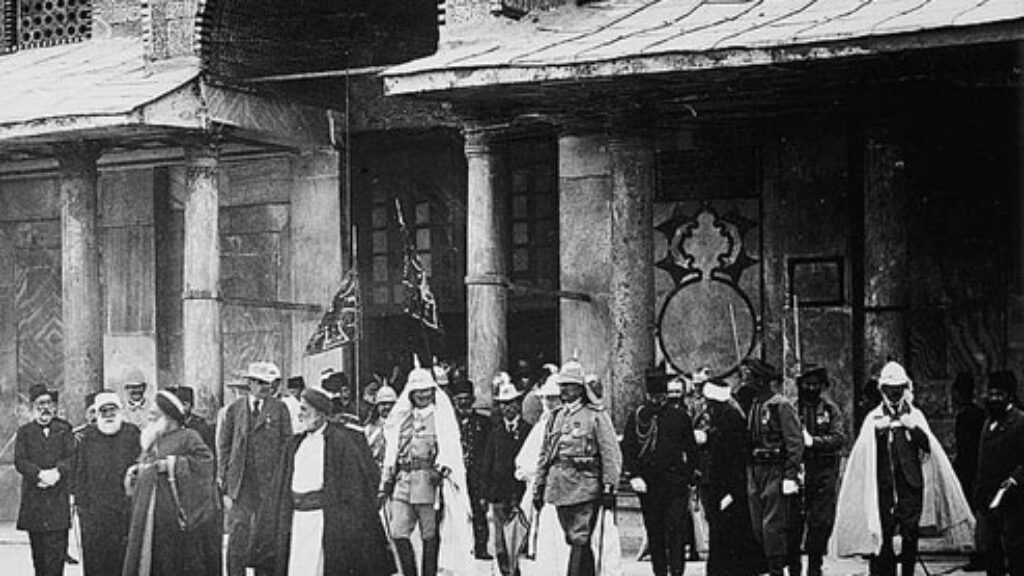
Railroads and Dragon’s Teeth
During World War I, the Kaiser Germany sought to foment an Ottoman jihad by building a massive railroad—but he wasn't the only one with the scheme.
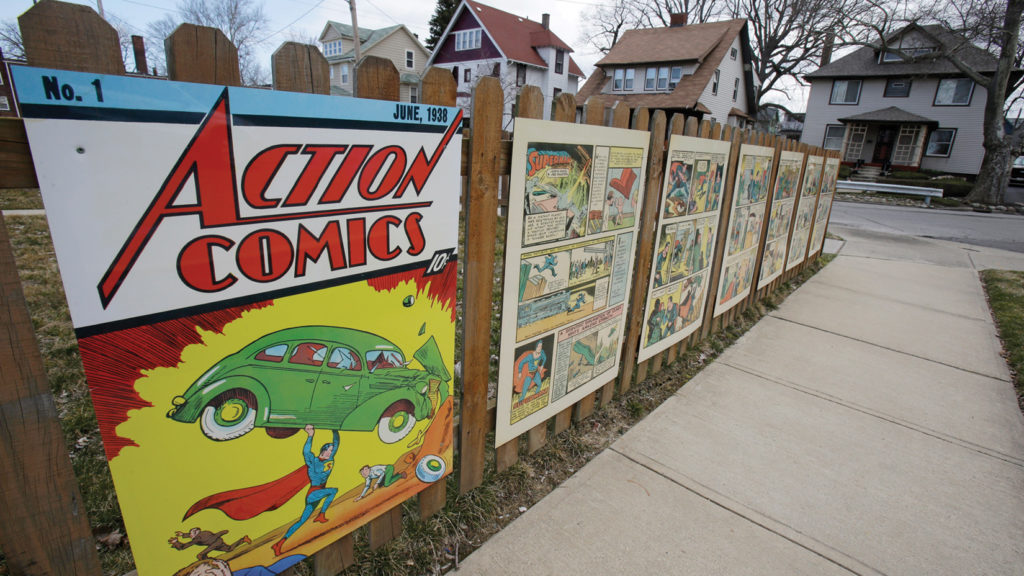
Meanwhile, on a Quiet Street in Cleveland
Two Jewish kids from Cleveland created Superman. Why does the Man of Steel still fascinate us?
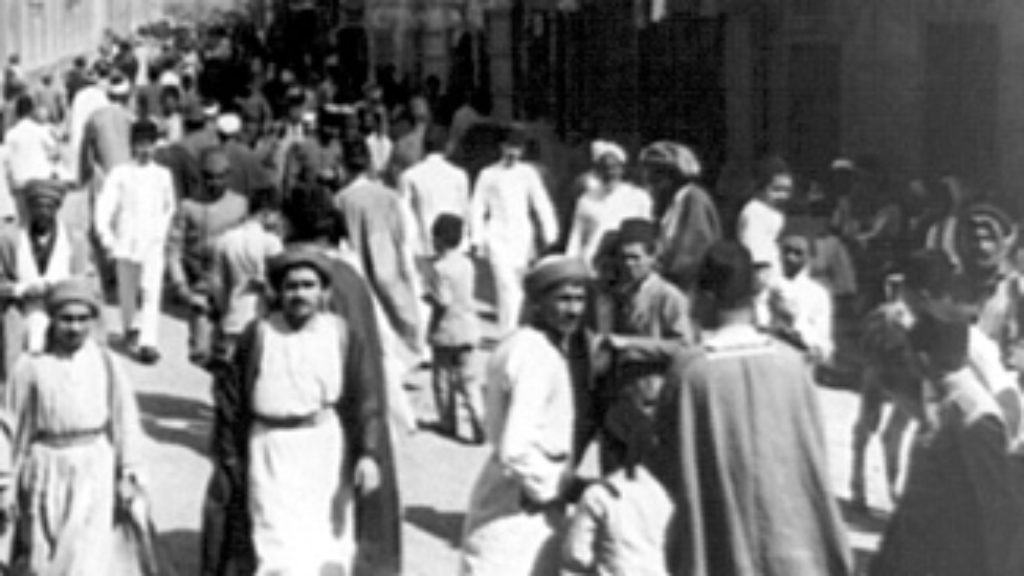
The Language of Babylon
The Jewish scholar of Arab literature Sasson Somekh's new autobiography is the latest in a line of memoirs of Jewish Baghdad.
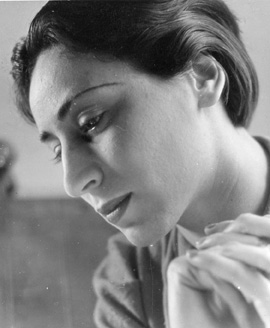
Comments
You must log in to comment Log In